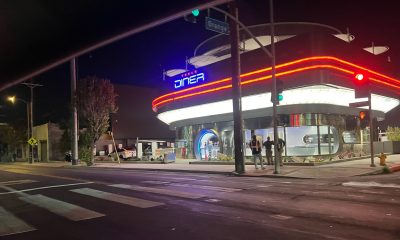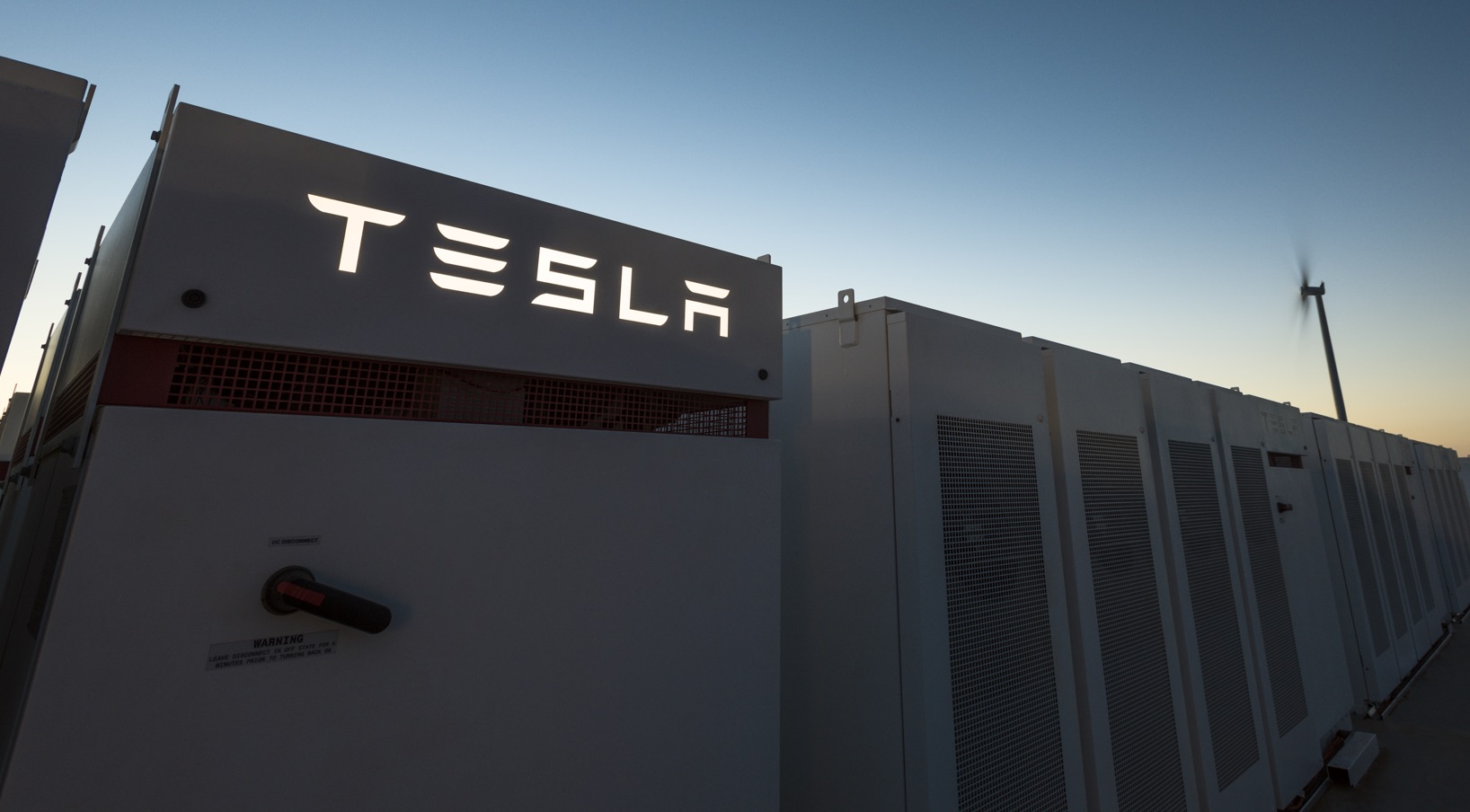

Energy
Tesla Energy takes part in CA’s record-breaking 2.2 GWh battery storage project
Tesla Energy is poised to participate in California’s initiative to build one of the world’s largest battery systems. After a historic 4-1 vote, California utility regulators approved a proposal put forward by Pacific Gas & Electric, which aimed to replace three natural gas-fired power plants in the state with utility-grade lithium-ion batteries.
When completed, the projects approved by the California Public Utilities Commission (CPUC) would be among the largest battery installations in the United States. Among these is a 300 MW lithium-ion battery from Dynegy, as well as a 182.5 MW Tesla battery system. Installations from Hummingbird Energy Storage (75 MW) and mNOC (10MW) allow the entire clean energy initiative to reach a total of 567 MW. Considering that all the battery systems have four-hour ratings, the total energy rating of the entire project is an impressive 2.27 GWh.
Among the most notable gas-powered plants that would be replaced by the battery installations is a facility in Moss Landing, CA, located around 15 miles north of Monterey. All the battery systems, particularly Tesla’s 182.5 MW installation and Dynegy’s 300 MW battery, will be located on the site of the outgoing gas-powered plant.
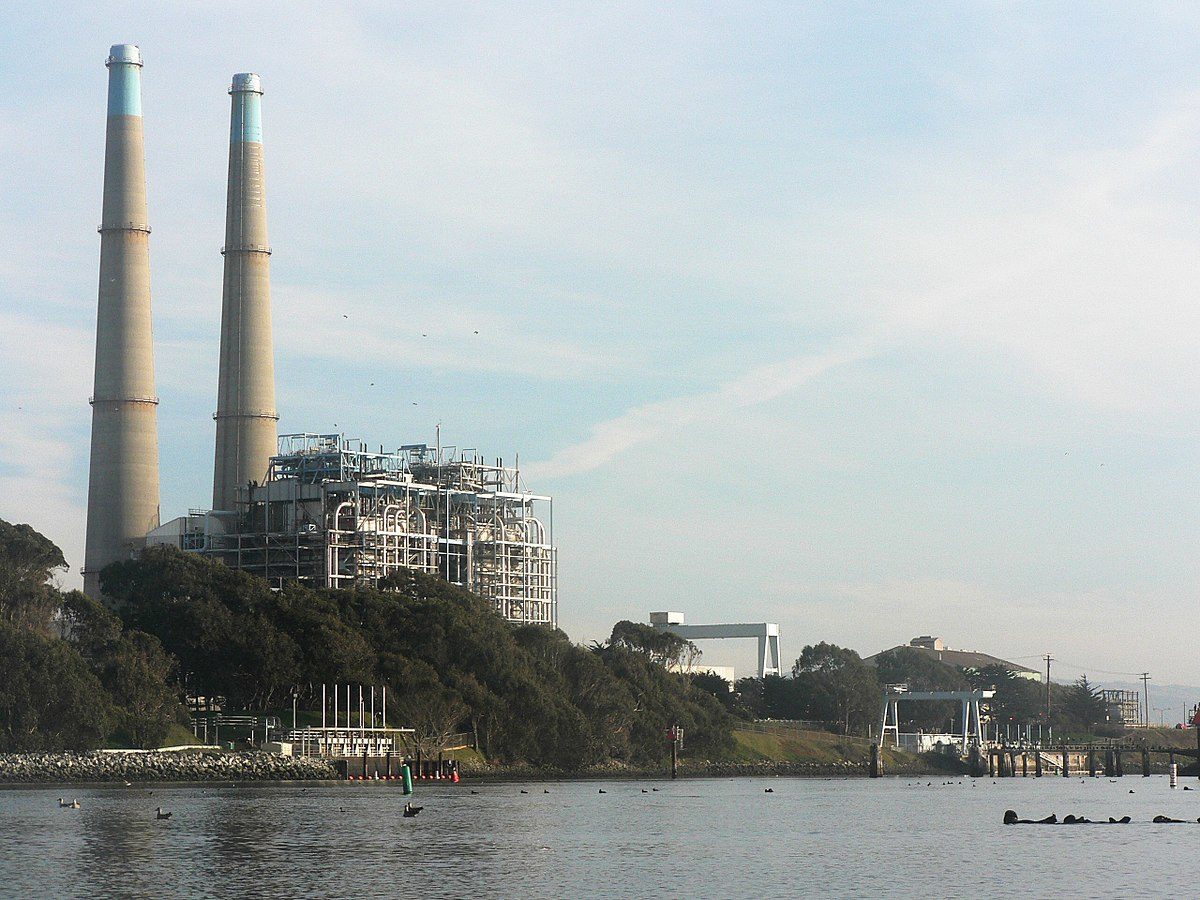
Apart from being impressive in its size, the recently approved battery projects will not only connect to the area’s substation and transmission infrastructure built for the Moss Landing Power Plant; the lithium-ion batteries will replace the entire range of services provided by the plant itself as well. Dynegy, who owns the gas-powered plant, noted back in February that it would likely retire the facility. The CPUC has stated that another plant in Gilroy would probably go offline in the near future as well.
While the benefits of industry-grade batteries are notable, PG&E’s proposal met a notable amount of opposition nonetheless, particularly from gas generator Calpine, the California Direct Access Customer Coalition, and the California Community Choice Association. According to the project’s skeptics, the investment in the lithium-ion battery systems would not be a good use of taxpayer funds. Despite the opposition, though, the large-scale energy storage project was approved nonetheless.
With the project’s approval from the CPUC, California has managed to take a step forward in its efforts to decarbonize its electric system by shifting from natural gas to greener solutions. In a statement to GreenTechMedia, Matt Vespa, staff attorney at Earthjustice, stated that the upcoming battery installations would give several benefits to the state’s residents.
“Not only will this help California integrate solar and reduce the need to ramp up polluting gas plants in the late afternoon, but it will also provide local reliability needs in an area that is currently highly reliant on gas-fired generation. We are getting multiple benefits, pushing gas off the system, and moving a step closer to a decarbonized grid,” he said.
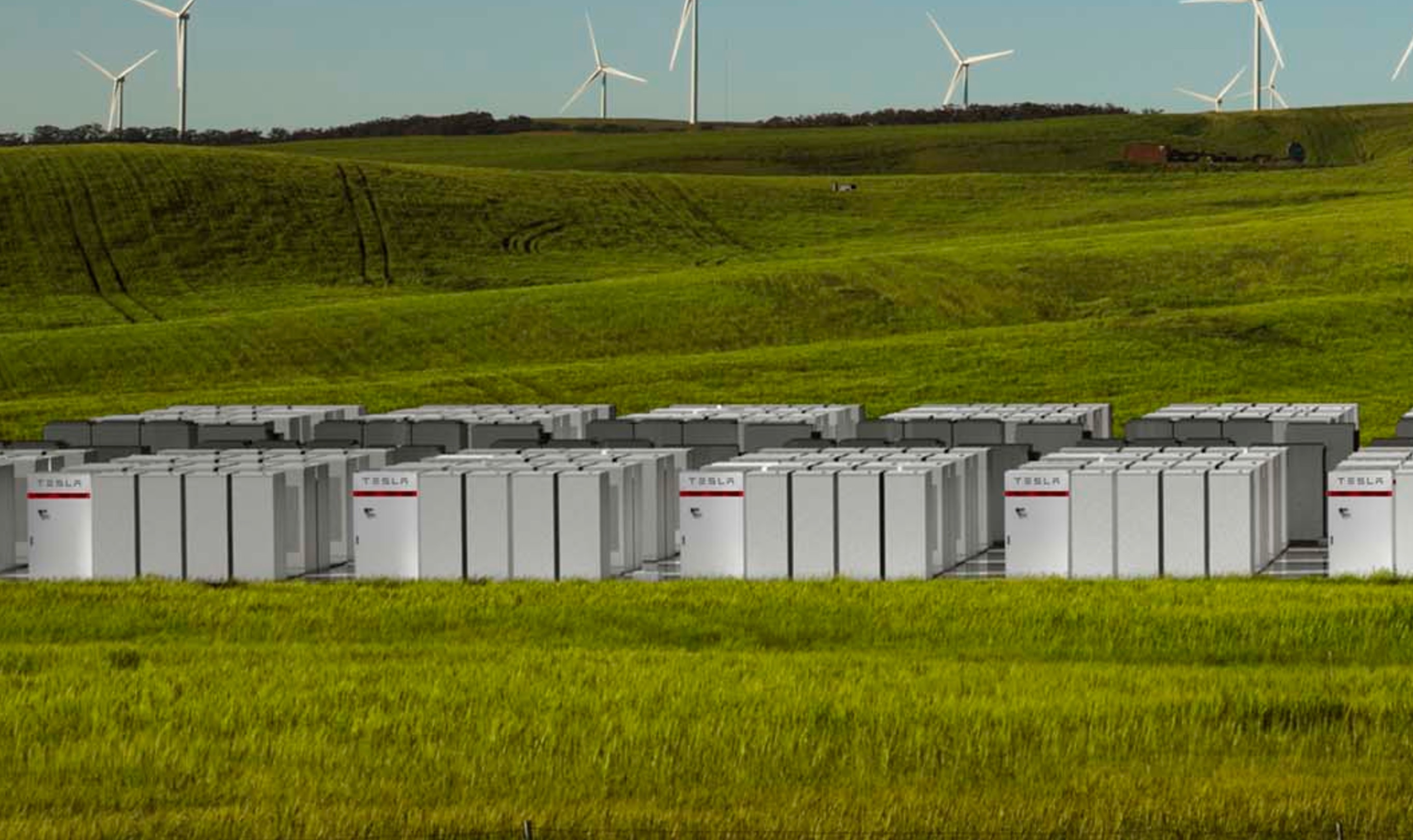
While Tesla’s Energy business usually takes a back seat to its electric car business, the company’s battery storage division continues to grow rapidly. Billionaire investor Ron Baron, for one, stated that he believes Tesla’s energy business could be worth $500 billion on its own by 2030. In a way, part of this projected growth is attributed to the declining price of batteries and the performance of projects such as the South Australia Powerpack farm, which has all but triggered a clean energy movement in the region. In a statement earlier this year, Tesla CTO JB Straubel remarked that battery technology has progressed to a point where it now has the potential to replace inefficient and dirty power plants.
“I think what we’ll see is we won’t build many new peaker plants, if any. Already what we’re seeing happening is the number of new ones being commissioned is drastically lower, and batteries are already outcompeting natural gas peaker plants,” Straubel said.
The emergence of Tesla Energy at this point in time could bode well for the company, particularly since battery storage is expected to grow in the future. A study from GTM Research, for one, estimates that sales of energy storage for both residential and utility markets in America would probably hit $541 million this year, before passing $1 billion in 2019, and eventually reaching $4.6 billion in 2023. If Tesla Energy can ramp its operations in time, and if its batteries prove themselves in the field, the electric car maker could very well position itself strategically in what could, in more ways than one, be a clean energy gold rush.
Energy
Tesla launches first Virtual Power Plant in UK – get paid to use solar
Tesla has launched its first-ever Virtual Power Plant program in the United Kingdom.

Tesla has launched its first-ever Virtual Power Plant program in the United Kingdom. This feature enables users of solar panels and energy storage systems to sell their excess energy back to the grid.
Tesla is utilizing Octopus Energy, a British renewable energy company that operates in multiple markets, including the UK, France, Germany, Italy, Spain, Australia, Japan, New Zealand, and the United States, as the provider for the VPP launch in the region.
The company states that those who enroll in the program can earn up to £300 per month.
Tesla has operated several VPP programs worldwide, most notably in California, Texas, Connecticut, and the U.S. territory of Puerto Rico. This is not the first time Tesla has operated a VPP outside the United States, as there are programs in Australia, Japan, and New Zealand.
This is its first in the UK:
Our first VPP in the UK
You can get paid to share your energy – store excess energy in your Powerwall & sell it back to the grid
You’re making £££ and the community is powered by clean energy
Win-win pic.twitter.com/evhMtJpgy1
— Tesla UK (@tesla_uk) July 17, 2025
Tesla is not the only company that is working with Octopus Energy in the UK for the VPP, as it joins SolarEdge, GivEnergy, and Enphase as other companies that utilize the Octopus platform for their project operations.
It has been six years since Tesla launched its first VPP, as it started its first in Australia back in 2019. In 2024, Tesla paid out over $10 million to those participating in the program.
Participating in the VPP program that Tesla offers not only provides enrolled individuals with the opportunity to earn money, but it also contributes to grid stabilization by supporting local energy grids.
Energy
Tesla Lathrop Megafactory celebrates massive Megapack battery milestone
The Tesla Megapack is the backbone of Tesla Energy’s battery deployments.
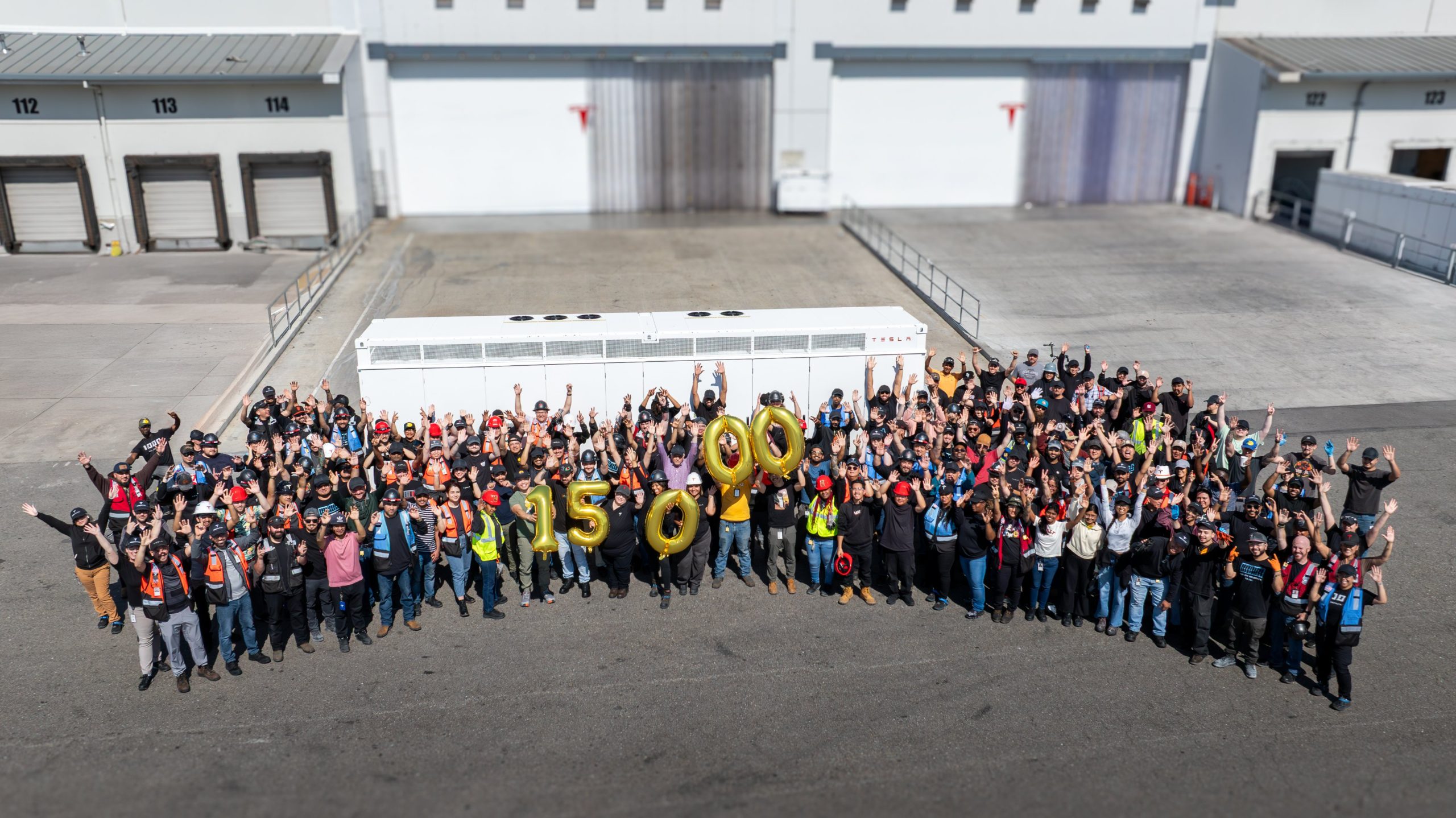
The Tesla Lathrop Megafactory recently achieved a new milestone. As per the official Tesla Megapack account on X, the Lathrop Megafactory has produced its 15,000th Megapack 2 XL battery.
15,000 Megapack Batteries
Tesla celebrated the milestone with a photo of the Lathrop Megafactory team posing with a freshly produced Megapack battery. To commemorate the event, the team held balloons that spelled out “15,000” as they posed for the photo.
The Tesla Megapack is the backbone of Tesla Energy’s battery deployments. Designed for grid-scale applications, each Megapack offers 3.9 MWh of energy and 1.9 MW of power. The battery is extremely scalable, making it perfect for massive energy storage projects.
More Megafactories
The Lathrop Megafactory is Tesla’s first dedicated facility for its flagship battery storage system. It currently stands as the largest utility-scale battery factory in North America. The facility is capable of producing 10,000 Megapack batteries every year, equal to 40 GWh of clean energy storage.
Thanks to the success of the Megapack, Tesla has expanded its energy business by building and launching the Shanghai Megafactory, which is also expected to produce 40 GWh of energy storage per year. The ramp of the Shanghai Megafactory is quite impressive, with Tesla noting in its Q1 2025 Update Letter that the Shanghai Megafactory managed to produce over 100 Megapack batteries in the first quarter alone.
Tesla Energy’s Potential
During the first quarter earnings call, CEO Elon Musk stated that the Megapack is extremely valuable to the energy industry.
“The Megapack enables utility companies to output far more total energy than would otherwise be the case… This is a massive unlock on total energy output of any given grid over the course of a year. And utility companies are beginning to realize this and are buying in our Megapacks at scale,” Musk said.
Energy
Tesla Megapacks powers the xAI Colossus supercomputer
Tesla Megapacks step in to stabilize xAI’s Colossus supercomputer, replacing natural gas turbines. Musk’s ventures keep intertwining.
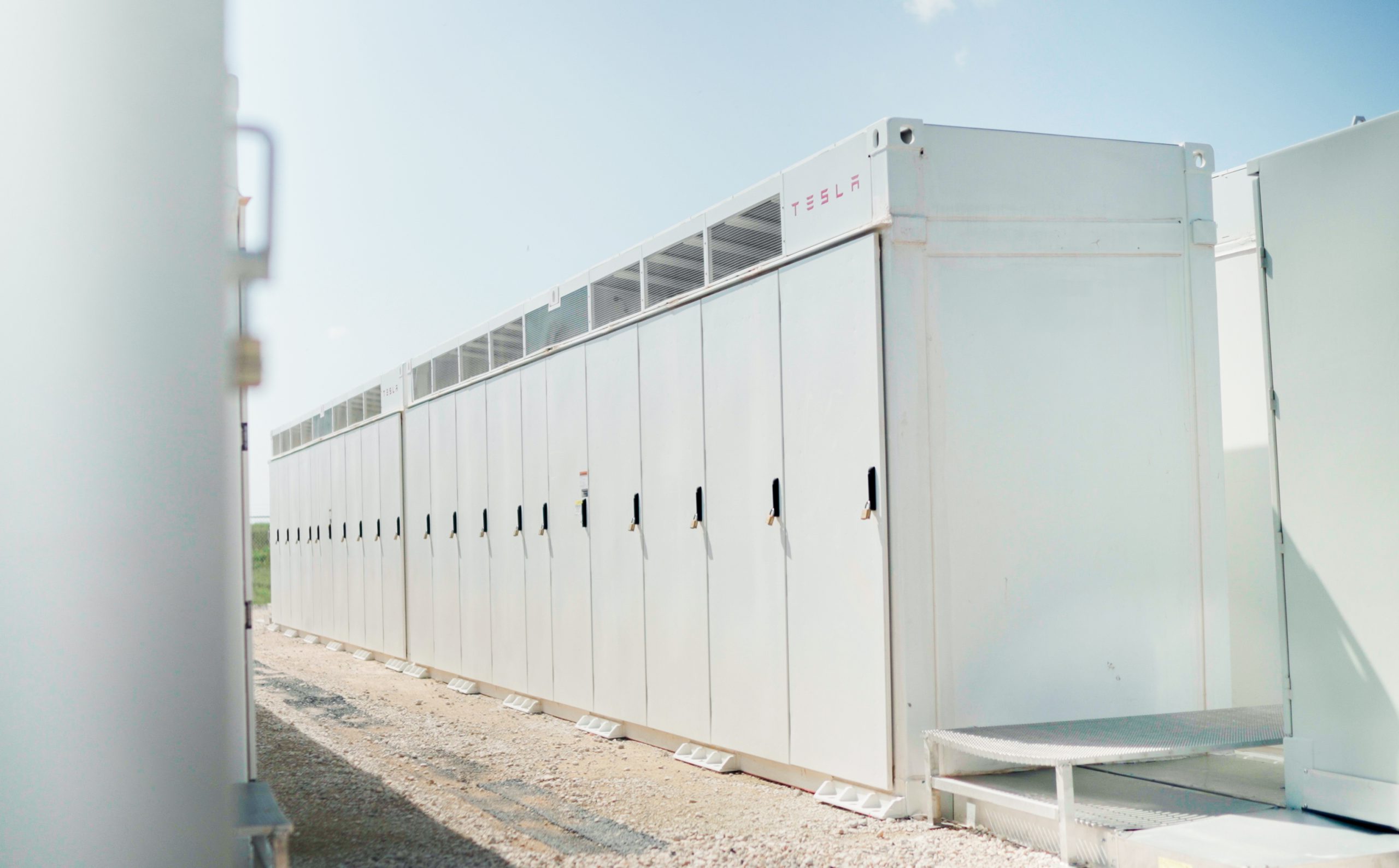
Tesla Megapack batteries will power the xAI Colossus supercomputer in Memphis to ensure power stability. The collaboration between Tesla and xAI highlights the synergy among Elon Musk’s ventures.
The artificial intelligence startup has integrated Tesla Megapacks to manage outages and demand surges, bolstering the facility’s reliability. The Greater Memphis Chamber announced that Colossus, recently connected to a new 150-megawatt electric substation, is completing its first construction phase. This transition addresses criticism from environmental justice groups over the initial use of natural gas turbines.
“The temporary natural gas turbines that were being used to power the Phase I GPUs prior to grid connection are now being demobilized and will be removed from the site over the next two months.
“About half of the operating turbines will remain operating to power Phase II GPUs of xAI until a second substation (#22) already in construction is completed and connected to the electric grid, which is planned for the Fall of 2025, at which time the remaining turbines will be relegated to a backup power role,” the Chamber stated.
xAI’s rapid development of Colossus reflects its ambition to advance AI capabilities, but the project has faced scrutiny for environmental impacts. The shift to Megapacks and grid power aims to mitigate these concerns while ensuring operational continuity.
The Megapack deployment underscores the collaboration among Musk’s companies, including Tesla, SpaceX, Neuralink, and The Boring Company. Tesla appears to be the common link between all of Musk’s companies. For example, The Boring Company built a tunnel in Giga, Texas. In addition, Musk has hinted at a potential collaboration between the Tesla Optimus Bot and Neuralink. And from January 2024 to February 2025, xAI invested $230 million in Megapacks, per a Tesla filing.
Tesla Energy reported a 156% year-over-year increase in Q1 2025, deploying 10.4 GWh of storage products, including Megapacks and Powerwalls. Tesla’s plans for a new Megapack factory in Waller County, Texas, which is expected to create 1,500 jobs in the area, further signal its commitment to scaling energy solutions.
As xAI leverages Tesla’s Megapacks to power Colossus, the integration showcases Musk’s interconnected business ecosystem. The supercomputer’s enhanced stability positions xAI to drive AI innovation, while Tesla’s energy solutions gain prominence, setting the stage for broader technological and economic impacts.
-

 Elon Musk1 day ago
Elon Musk1 day agoWaymo responds to Tesla’s Robotaxi expansion in Austin with bold statement
-

 News1 day ago
News1 day agoTesla exec hints at useful and potentially killer Model Y L feature
-

 Elon Musk2 days ago
Elon Musk2 days agoElon Musk reveals SpaceX’s target for Starship’s 10th launch
-

 Elon Musk3 days ago
Elon Musk3 days agoTesla ups Robotaxi fare price to another comical figure with service area expansion
-

 News1 day ago
News1 day agoTesla’s longer Model Y did not scale back requests for this vehicle type from fans
-

 News1 day ago
News1 day ago“Worthy of respect:” Six-seat Model Y L acknowledged by Tesla China’s biggest rivals
-

 News2 days ago
News2 days agoFirst glimpse of Tesla Model Y with six seats and extended wheelbase
-

 Elon Musk2 days ago
Elon Musk2 days agoElon Musk confirms Tesla is already rolling out a new feature for in-car Grok


